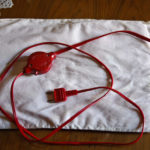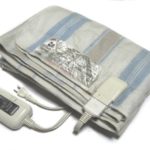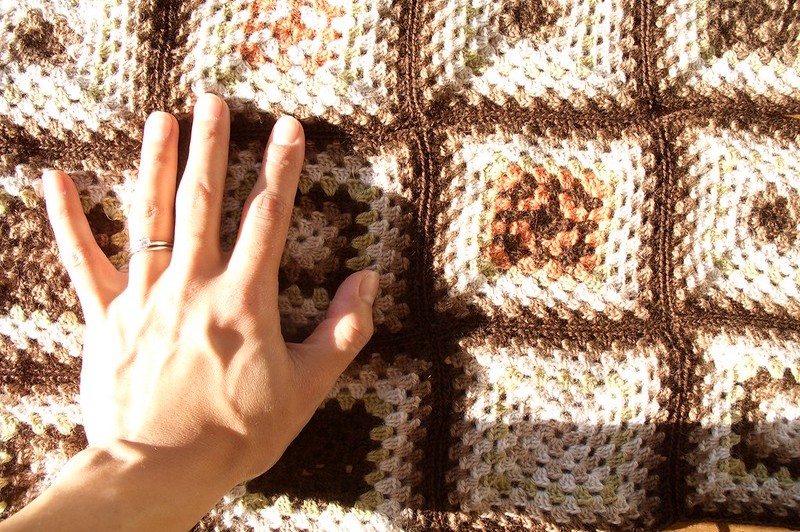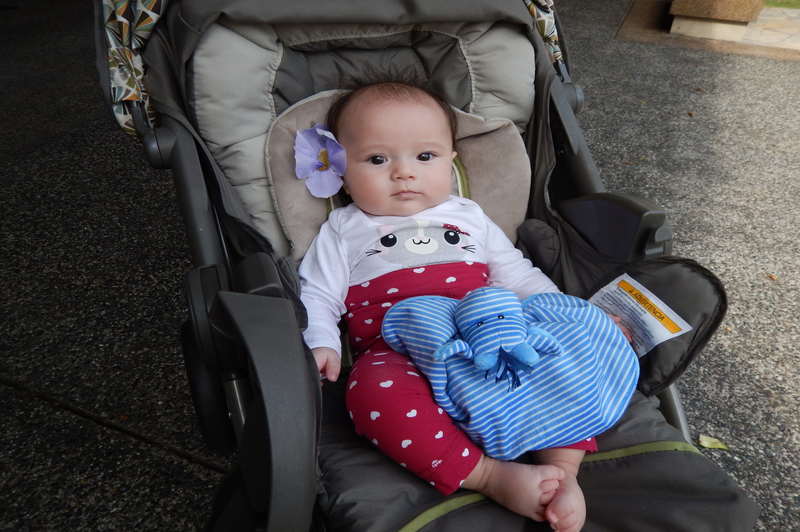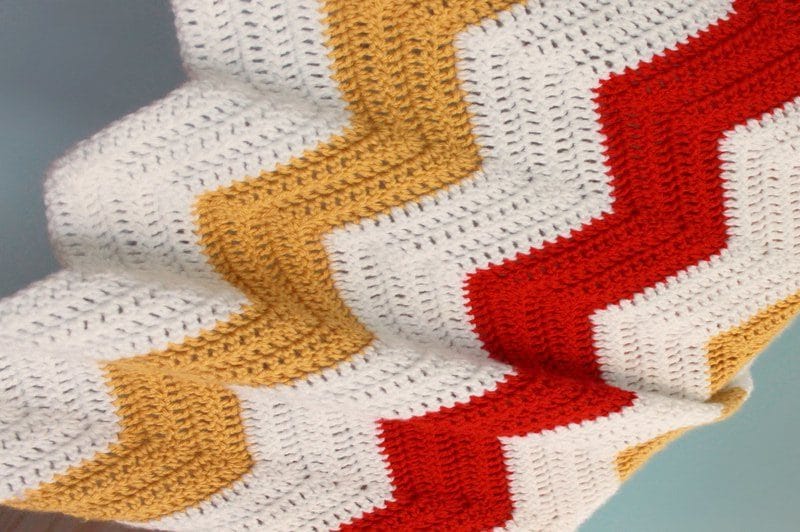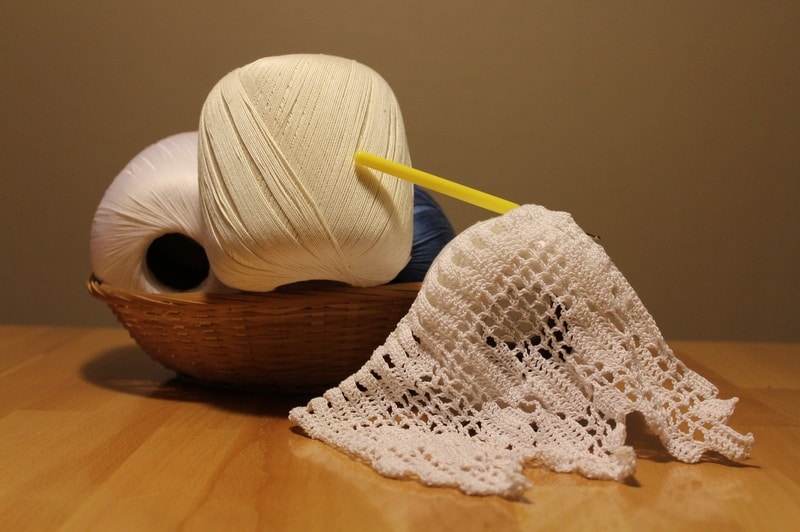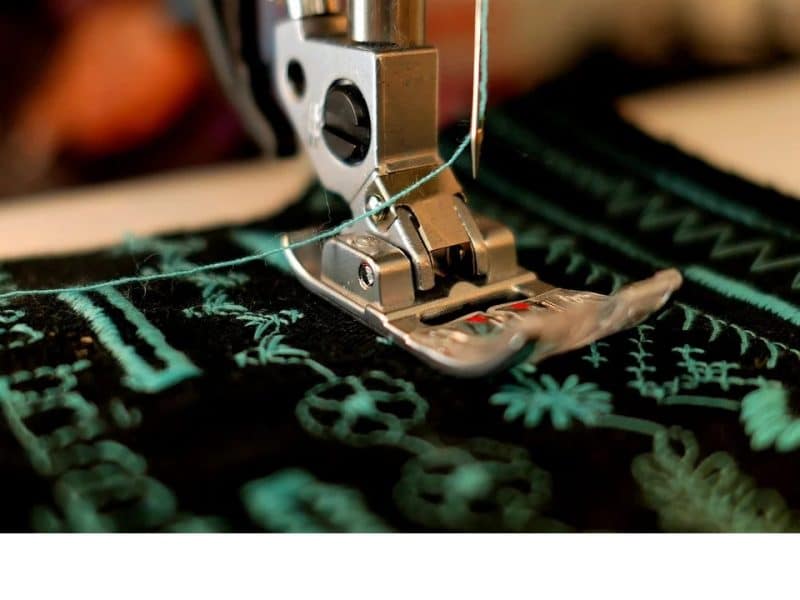The answer to how many amps does an electric blanket use requires you to consider the specific blanket you have. It can be around 45 amps when used for a long time. It’s always useful that you understand how electric blankets work, including the electricity it uses. Will you save more energy if you use an electric blanket?
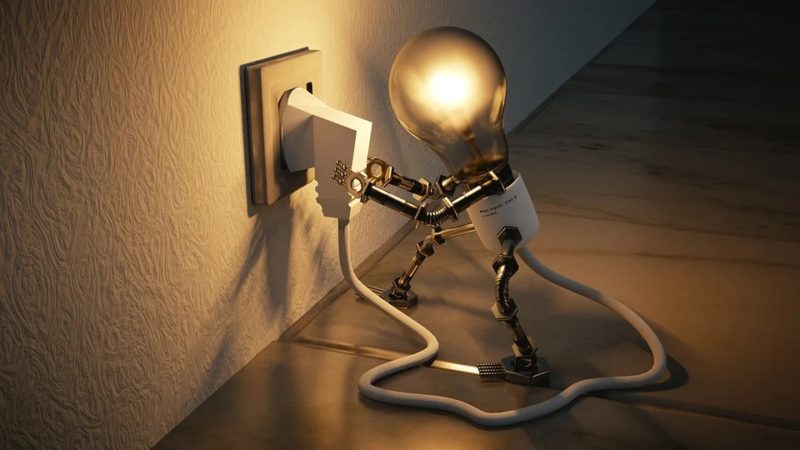
Don’t be deterred by some terminologies regarding electric blankets and their electric features. This article will help you understand everything to get the most of your electric blanket at low costs.
How Many Amps Does Your Electric Blanket Use?
There is no definite answer to how many amps does an electric blanket use because it will vary for every product. However, an electric blanket can average at 100 watts, and some blankets are even around 45 watts to give you an idea about the amps your model might use. Therefore, those in the UK who want to save energy can opt for an electric blanket over a space heater, as shown by the US Department of Energy.
We will discuss an electric blanket’s power consumption in more detail later on, but you can expect it won’t be too much because electric blankets provide heat through wires. If you think about it, a 12-volt electric or heated blanket will only draw 4.5 amps or 45 amps when used for around 10 hours! The main idea you only have to keep in mind is that the higher your blanket’s wattage is, it will also cost higher to run.
How Much Power Does An Electric Blanket Use?
You can quickly check the amount of energy your blanket will use on the tag it comes with. Remember that there is a UL rating on electric blankets, so the highest it’ll use will only be around 100 watts. More so, it’s unlikely that you will run it at a high setting continuously so that you might draw about 40 to 50 watts only.
Will you save on power with electric blankets?
If you use the blanket at around 50 watts for 8 hours, it will amount to at least 0.35 kWh, a low amount of power compared to other heated appliances. Nonetheless, you can use these numbers to gauge the expense of your power consumption. If you’re in the US, it will help if you know the duration you’ll expect to use the electric blanket throughout the year.
More so, your area’s electricity might cost higher or lower. While an electric blanket is easily more cost-efficient than other heat sources, be sure never to use it full-time. Always adhere to the product’s recommendations to get the most of the electric blanket.
Do Electric Blankets Take A Lot Of Electricity?
The amount of electricity that your heated blanket will need will not be too high, but it still depends on the level you’re using it. More so, you have to remember if you’re using a single or a double unit. To give you a quick idea of the electricity consumed by an electric blanket, using it on a low setting will be around 17 watts, 35 watts for a medium setting, and 70 watts if you used the highest level.
How to know your electric blanket’s consumption
Check your area’s electricity rate per kilowatt-hour to know your consumption. You can also get the kilowatt-hour consumption per day of your electric blanket by multiplying its wattage by the hours you’ll expect to use it per day. Then, divide the number by 1000 since 1 kilowatt equals 1000 watts.
The best way to save on consumption with your electric blanket is to use a timer or remember to turn it off after several hours. As mentioned earlier, it’s very uncommon for users to want to use the highest setting because the low setting will be enough, and there’s no need to keep it on the whole night. Using around 15 watts won’t take much electricity than some heaters running at 1,200 watts or 0.6 kWh for half an hour.
How Many Watts Does A Sunbeam Electric Blanket Use?
A heated Sunbeam throw is rated 115 watts, and it even has an auto shut-off setting to help you save more energy. You’ll still get excellent heat because the brand uses a patented wiring system to ensure uniform heat. Check the tag on your specific Sunbeam blanket or throw to know more.
How Many Watts Does A 12v Electric Blanket Use?
Electric blankets are also famous for trips and campings. They are usually around 12 volts, so you will need a 400-watt power source if you want to use the blanket for more than 5 hours. Regardless of the blanket you’re using, and you must always know the supply power requirements of your electric blanket to prevent issues or even circuit failures.
Additionally, most locations use outlets with 110/120 V or 220/240V. Select an electric blanket that can operate at 120 or 220 volts, so you’re not limited to power sources. Otherwise, you might need to get a particular voltage input power configuration suitable for the outlets available to you.
Conclusion
You can save on electricity by using an electric blanket instead of a heater. But how many amps does an electric blanket use? As we have discussed, it will depend on the product you’re using.
However, a 12-volt electric blanket, for example, will usually draw 4.5 amps. Be sure to know how to compute your electric consumption to use a heated blanket efficiently.

